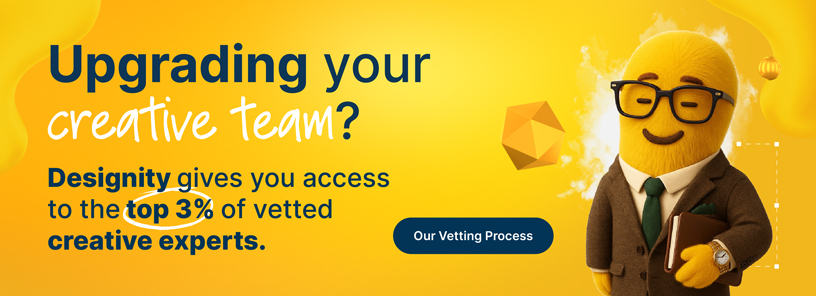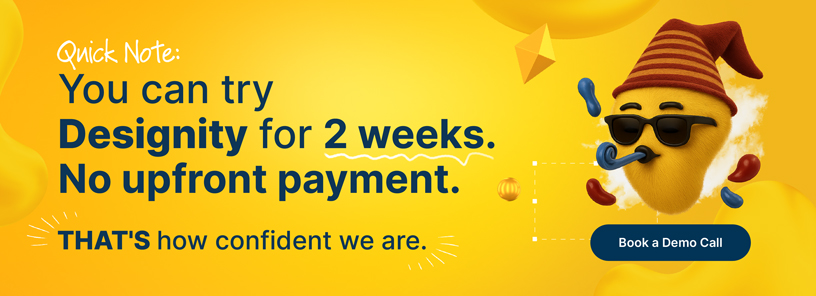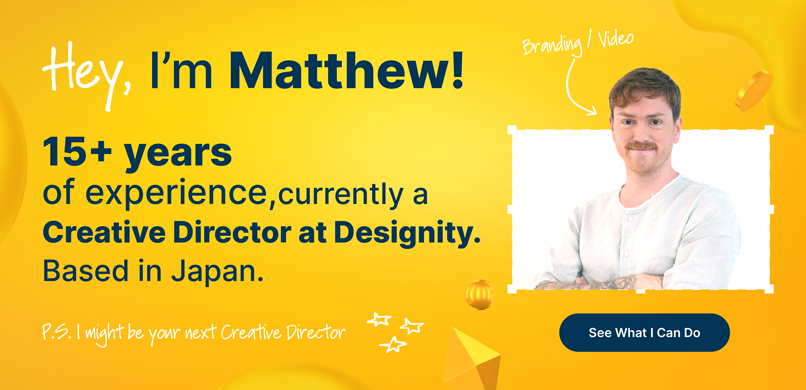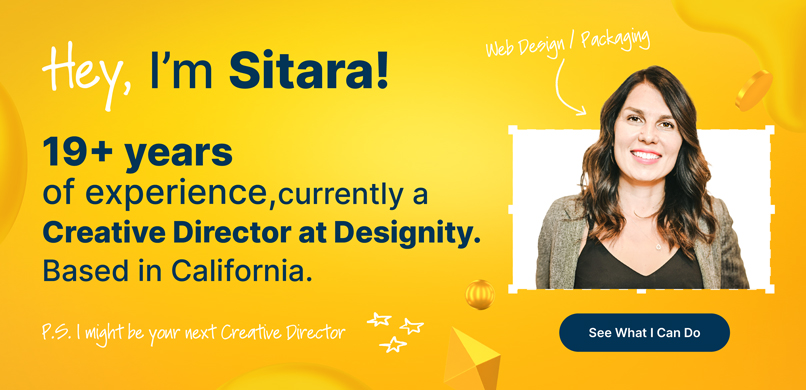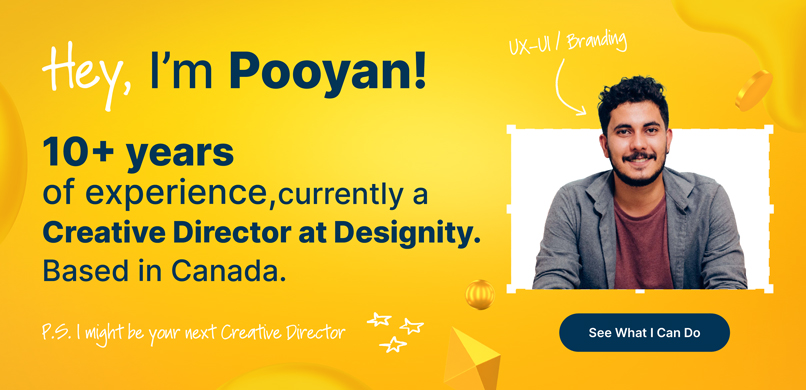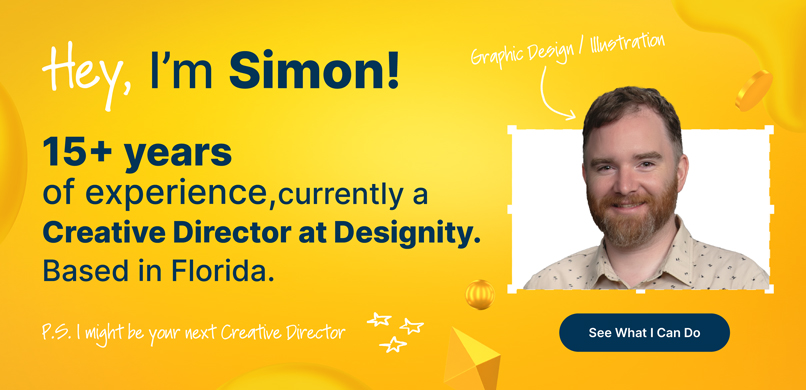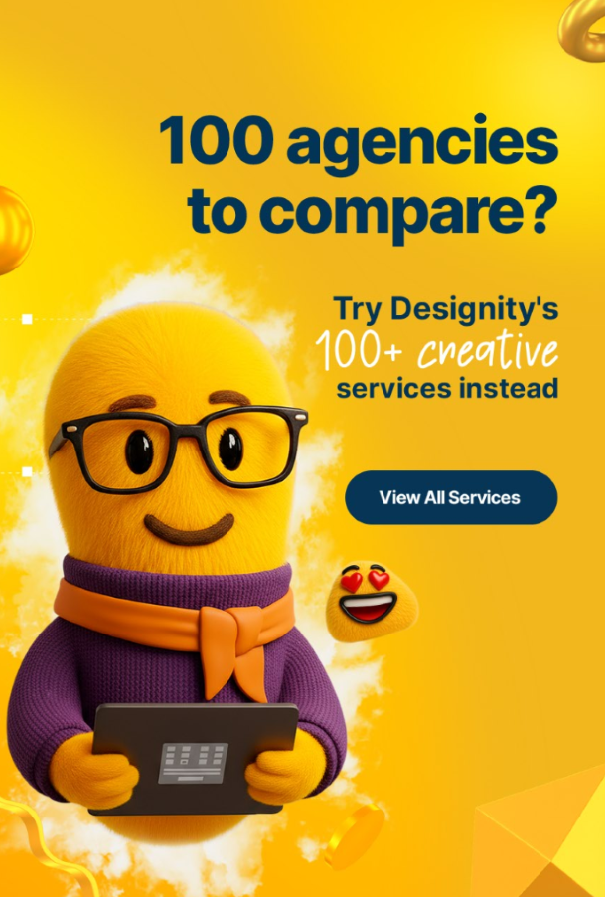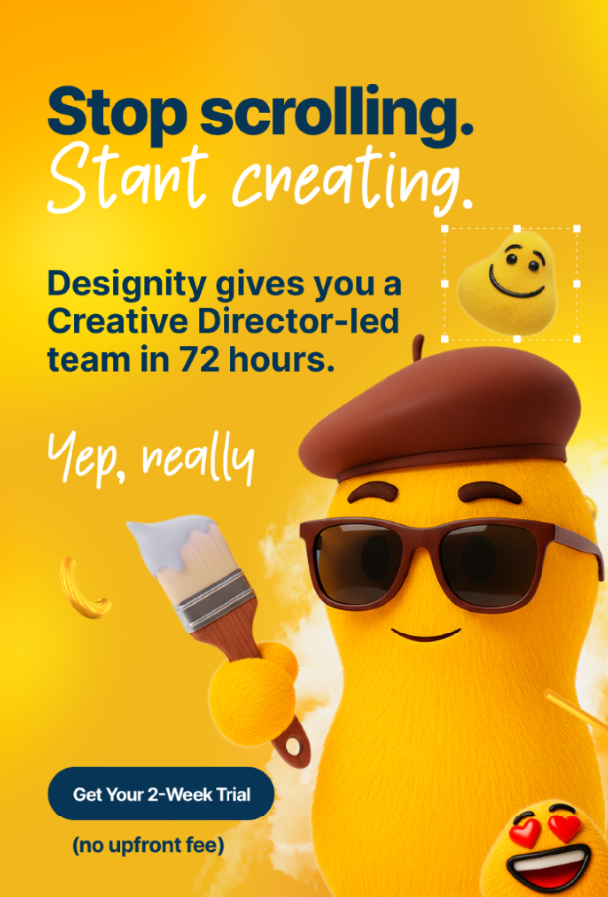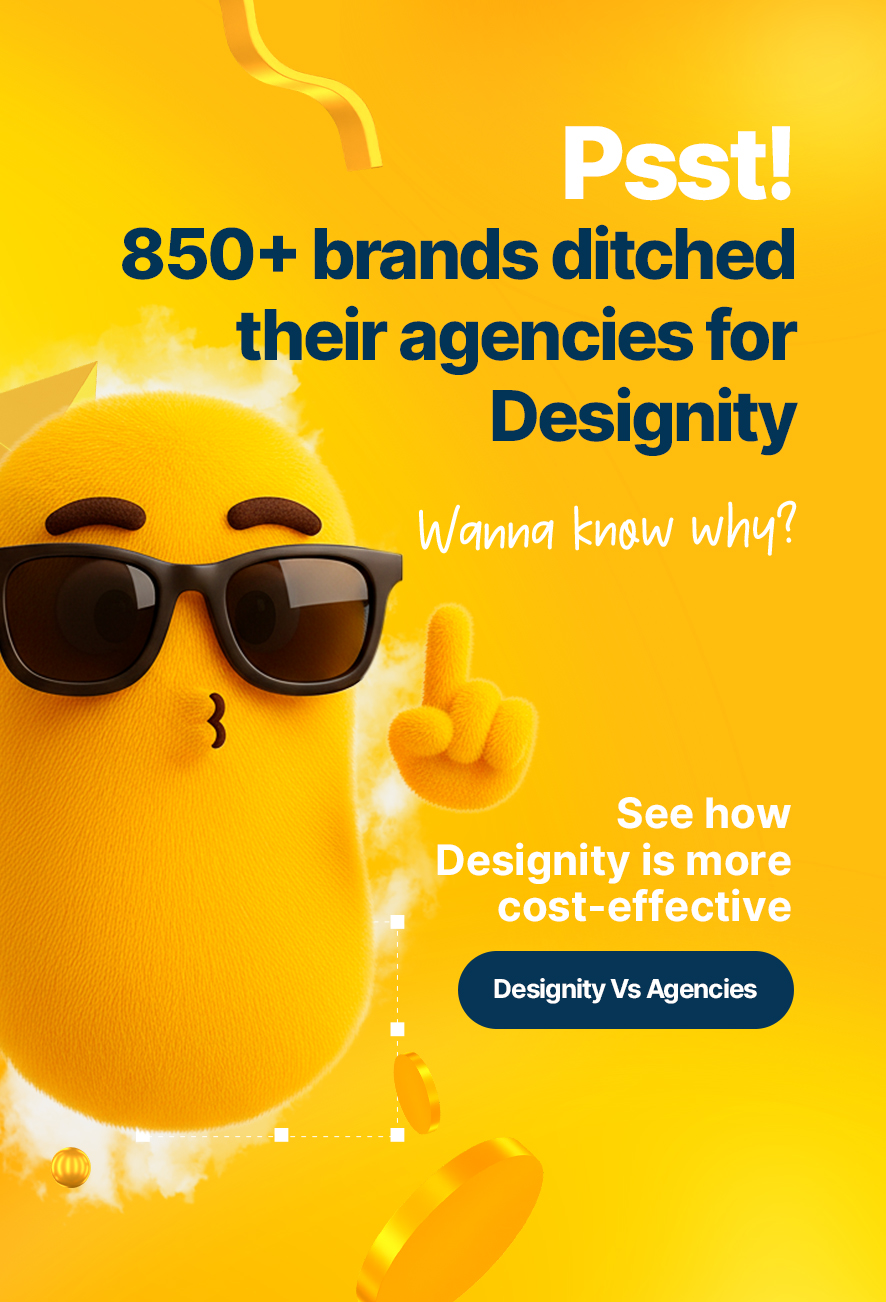Artificial intelligence (AI) is transforming the way we approach design, opening up new possibilities and enabling us to create more effective and efficient designs.
In this blog post, we will explore the various ways that AI can be used in design, and offer tips and best practices for integrating AI into your design process.
What is Artificial Intelligence?
Before diving into how AI can be used in design, it's important to understand what AI is and how it works.
AI refers to the ability of computers and machines to perform tasks that would normally require human intelligence, such as understanding language, recognizing patterns, and making decisions.
AI can be classified into three main categories:
Artificial narrow intelligence (ANI): ANI, also known as weak AI, is designed to perform a specific task. It does not have the ability to learn or adapt to new situations. ANI is commonly used in applications such as speech recognition and image recognition.
Artificial general intelligence (AGI): AGI, also known as strong AI, is designed to perform a wide range of tasks. It has the ability to learn and adapt to new situations. AGI is still in the development stage and is not yet widely available.
Artificial superintelligence (ASI): ASI refers to AI that is significantly more intelligent than human beings. It is currently the subject of much speculation and debate, with some experts predicting that it could be achieved within the next few decades.
How AI can be used in design

There are many ways that AI can be used in design, including:
Generative design: AI can be used to generate design options based on specific parameters and constraints. This can save designers time and effort by generating multiple options for them to choose from.
Personalization: AI can be used to create personalized designs based on a user's preferences, behaviors, and demographics. This can help to increase engagement and conversion rates.
Optimization: AI can be used to optimize designs for specific goals, such as increasing conversion rates or improving user experience.
Data analysis: AI can be used to analyze large amounts of data and identify patterns and trends that can inform design decisions.
Predictive analytics: AI can be used to predict user behavior and make recommendations for design changes based on those predictions.
Best practices for using AI in design
When using AI in design, it's important to keep the following best practices in mind:
Clearly define your goals: Before using AI in your design process, it's important to have a clear understanding of what you are trying to achieve. This will help you determine the best way to use AI to meet those goals.
Understand the limitations of AI: AI is not a replacement for human creativity and judgment. It's important to understand the limitations of AI and how to use it in conjunction with human expertise.
Use high-quality data: The quality and diversity of the data used to train AI models can have a significant impact on their performance. Be sure to use high-quality, diverse data to ensure the best results.
Test and iterate: As with any design process, it's important to test and iterate to ensure that your designs are effective and meet your goals. This is especially important when using AI, as it may not always produce the desired results.
<div class="c-blog_comp-cta cc-component-2"><div class="c-blog_comp-cta-left"><div class="c-blog_comp-cta-left-wrap"><img src="https://global-uploads.webflow.com/61cdf3c5e0b8155f19e0105b/63695243d096983691046ac3_Potential-Creative.png" loading="lazy" alt="" class="c-blog_comp-cta-left-img"></div></div><div class="c-blog_comp-cta-right cc-dark"><div class="c-blog_comp-content"><div class="c-text-wrapper cc-mb-32"><div class="c-title-4 cc-bold"><strong>Like to work as a freelancer with consistent income?</strong></div></div><div class="c-text-wrapper"><div class="c-text-2">Designity's collaborative model is designed to give you all of the perks of being a freelancer without the income instability.<br></div></div></div><div class="c-blog_comp-wrapper"><a href="http://designity.com/creatives" target="_blank" class="c-button w-button"><strong>Join Our Creative Community</strong></a></div></div></div>
Conclusion
AI has the potential to revolutionize the way we approach design, offering new opportunities for efficiency and effectiveness. By understanding the various ways that AI can be used in design and following best practices, you can take advantage of the benefits that AI has to offer.
Note from the content manager: Here at Designity, we like to test new tools and strategies to prove whether or not it’s worth looking into. If you’ve read our last blog post, then you know where we stand on tools like ChatGPT.
So, we asked it to write us a blog post about how to use artificial intelligence in design.
Don’t be shy! Tell us what you think in the comments.




